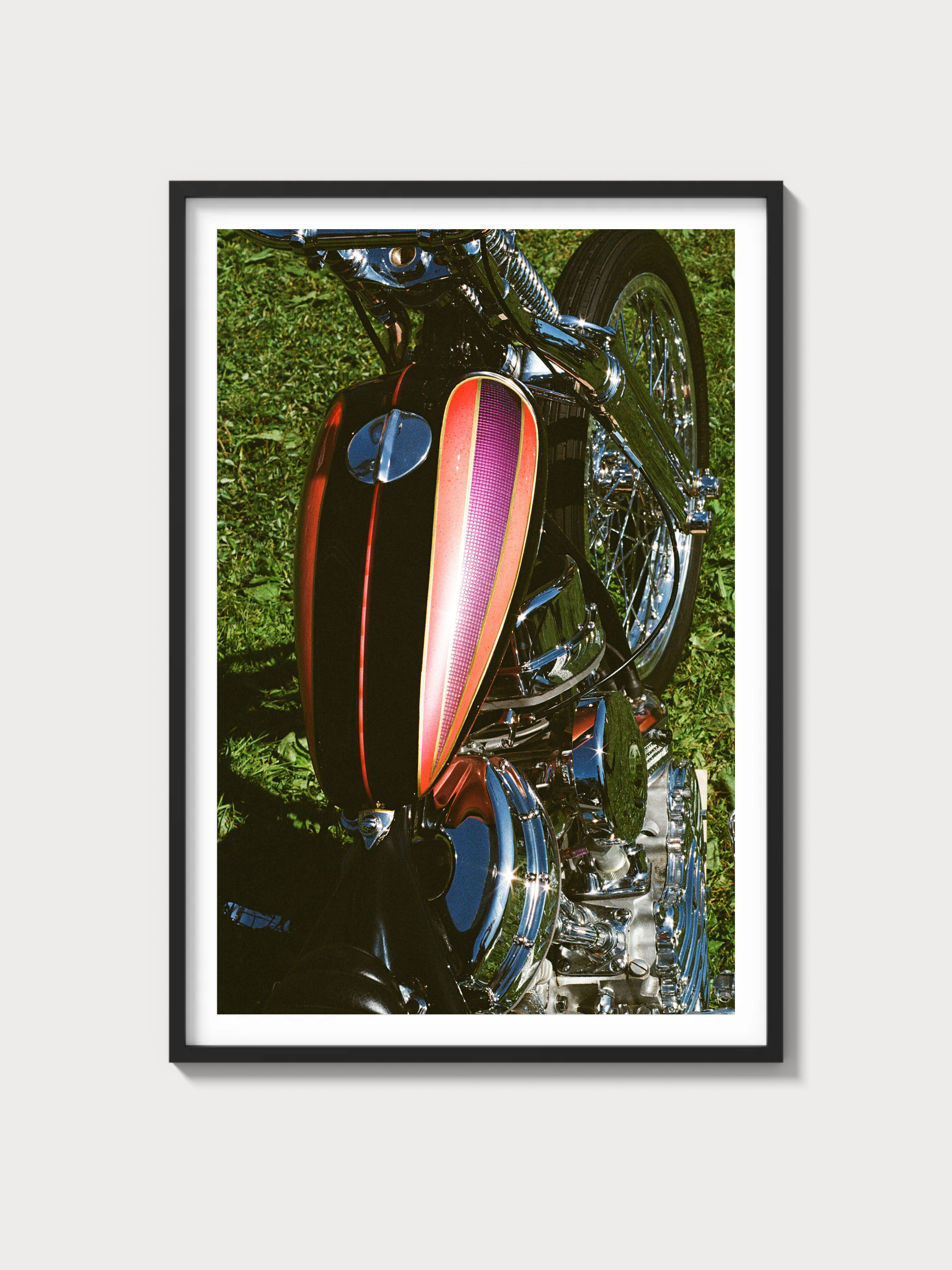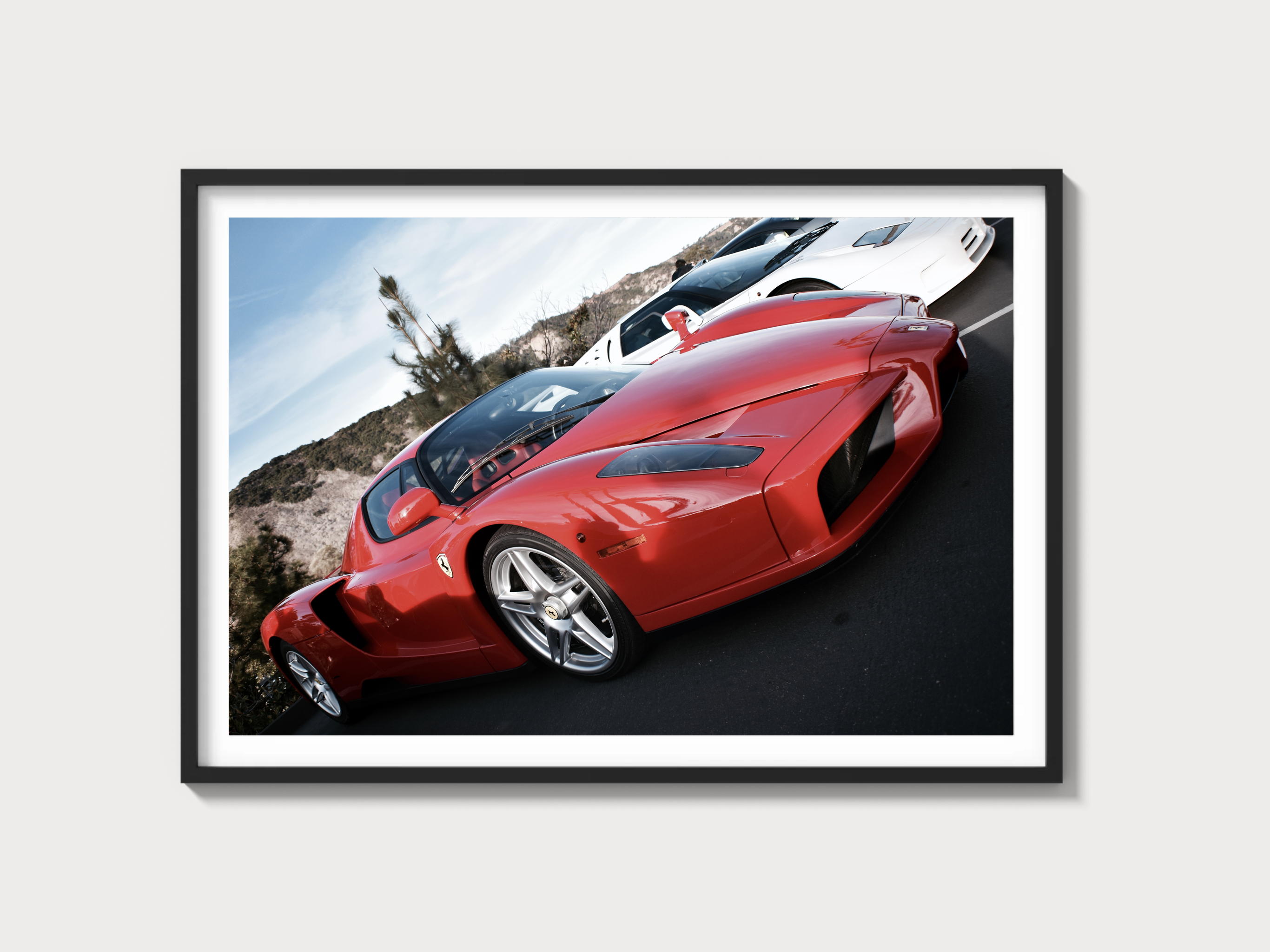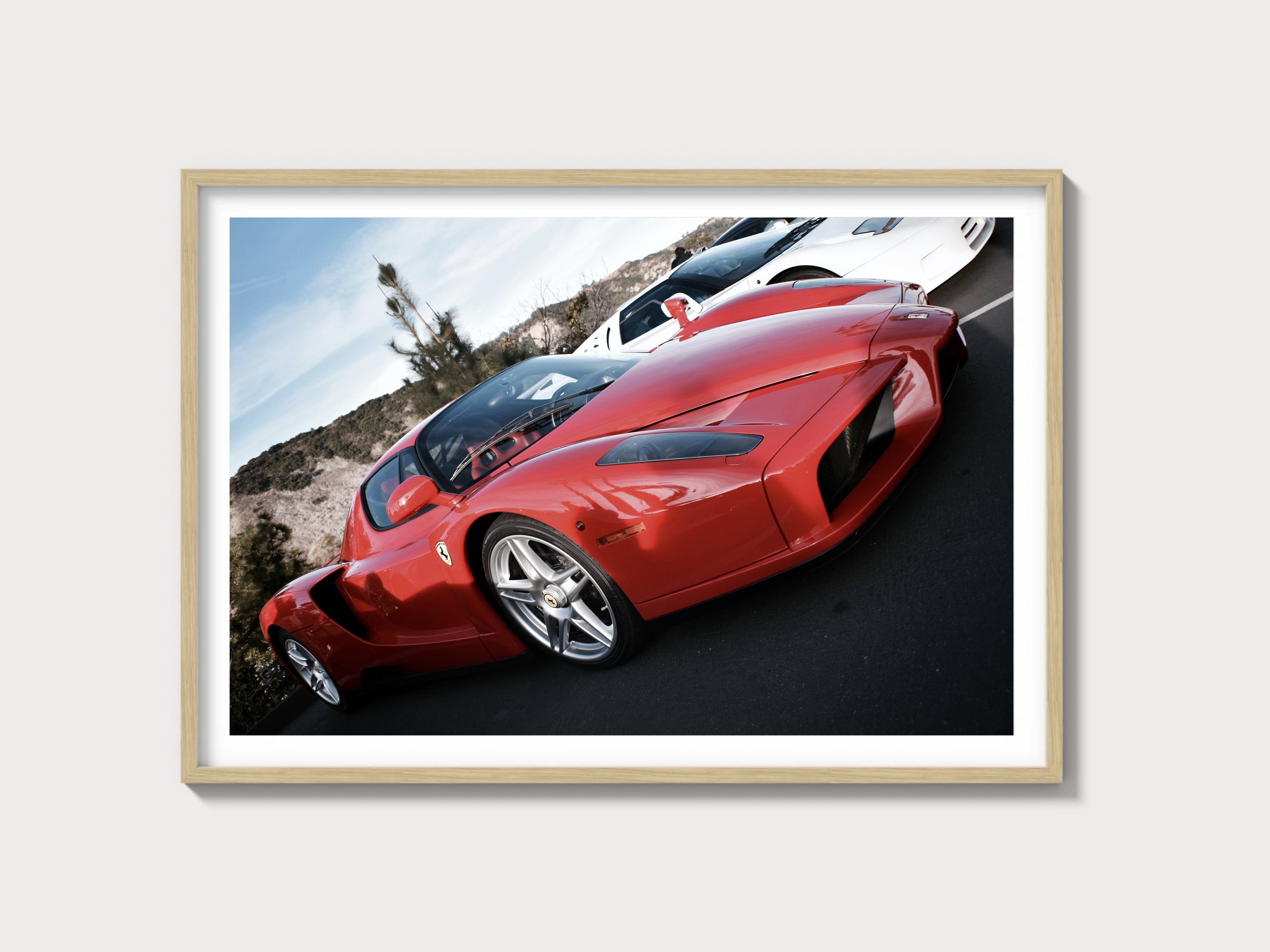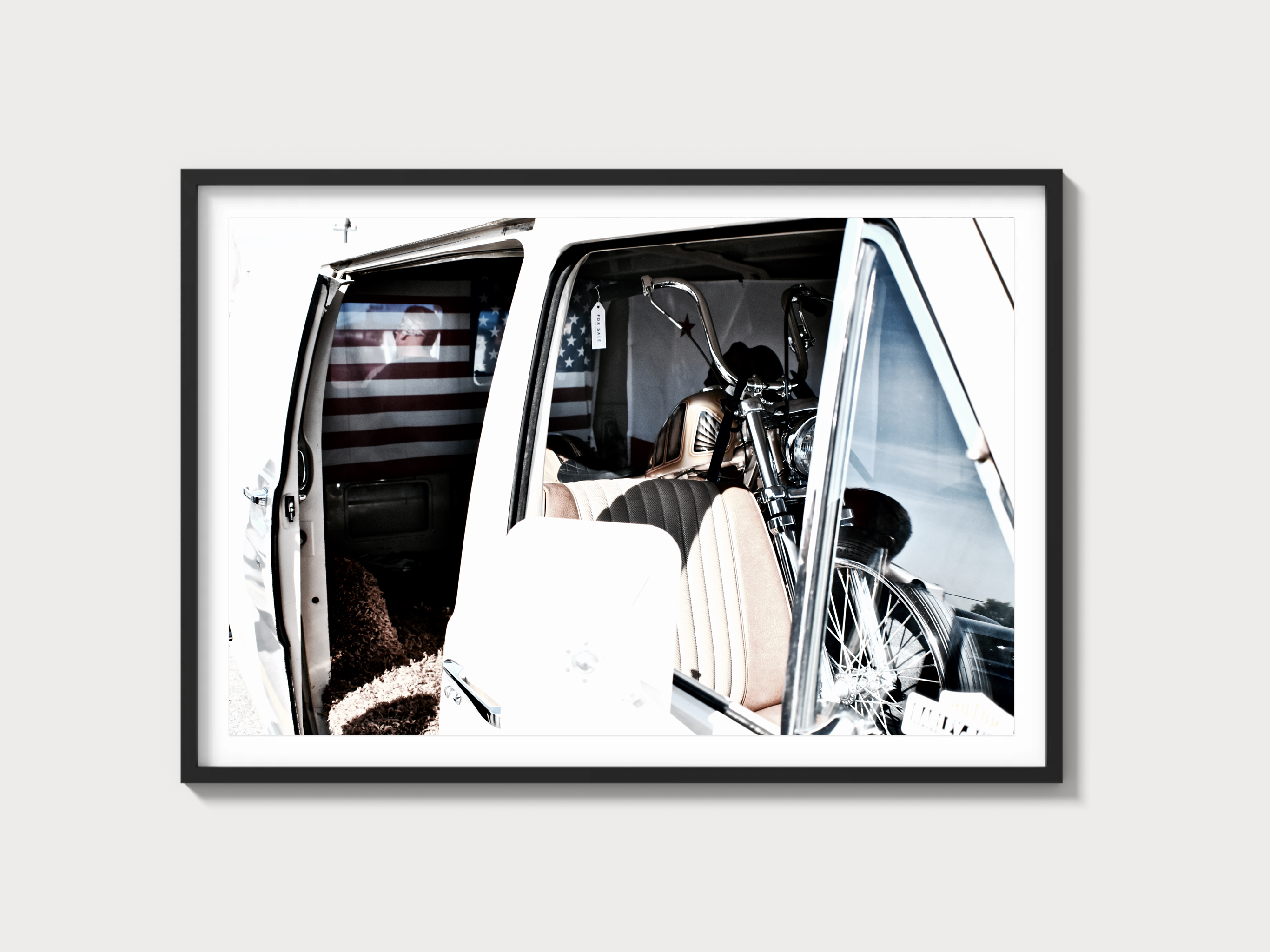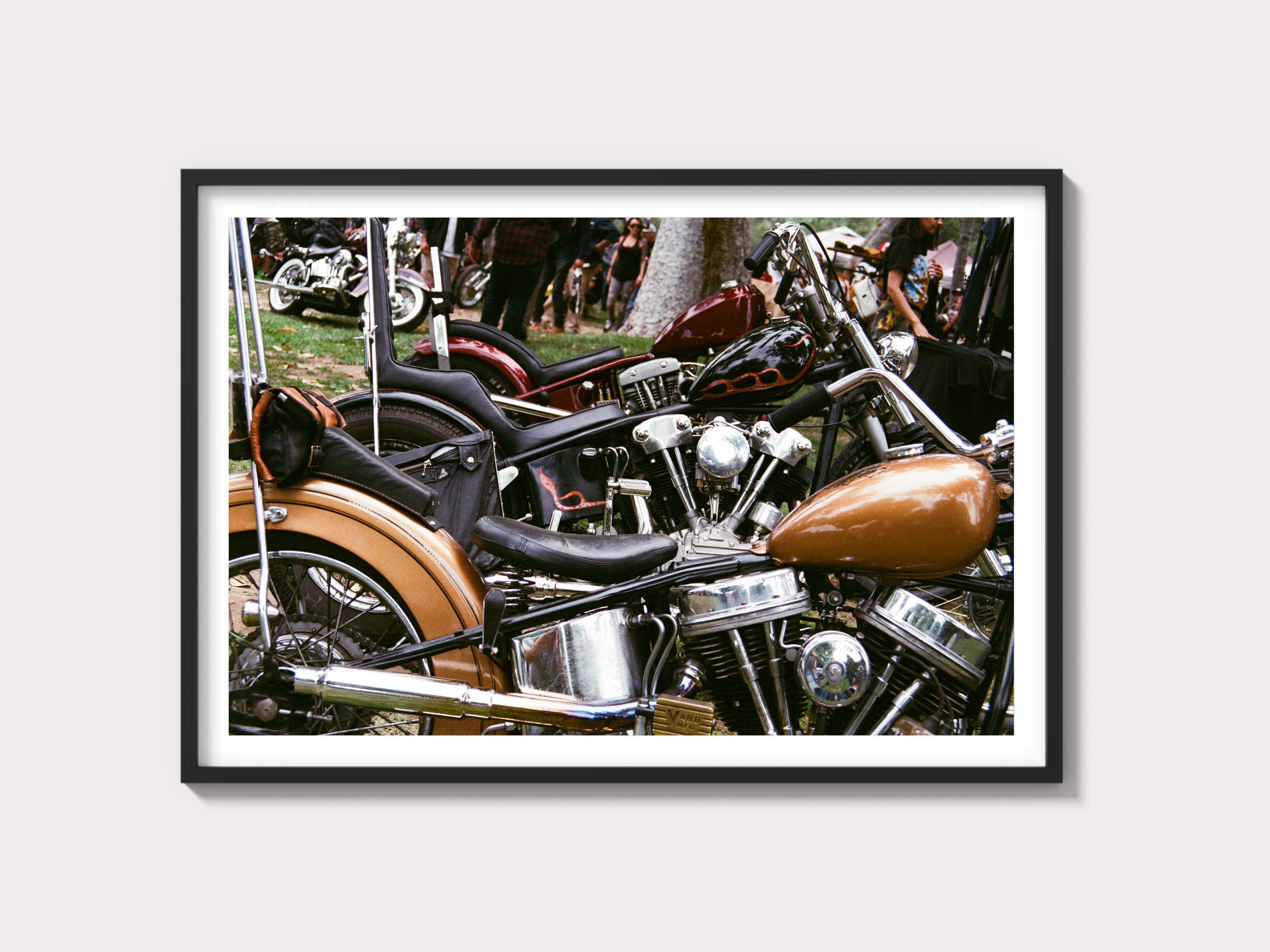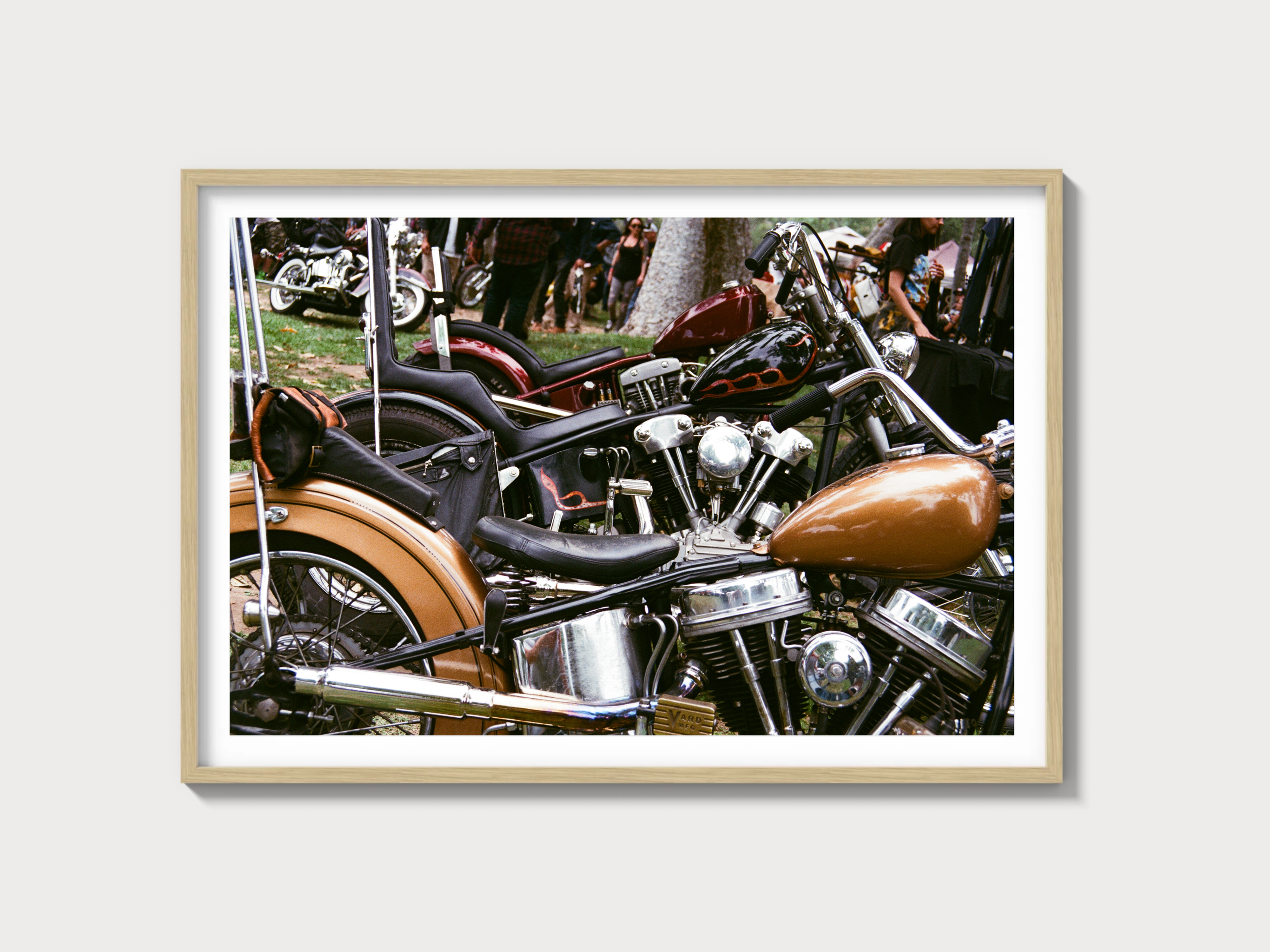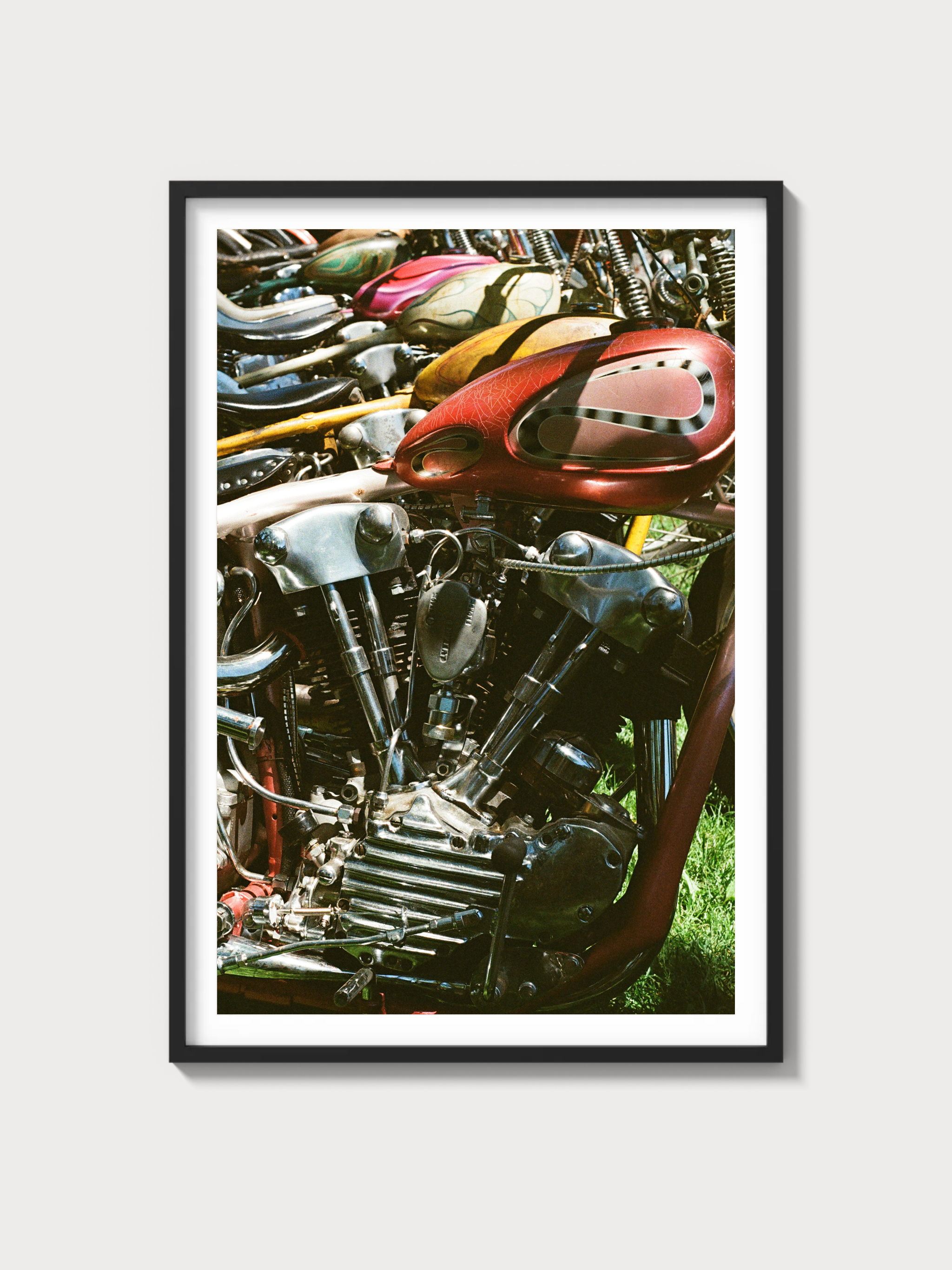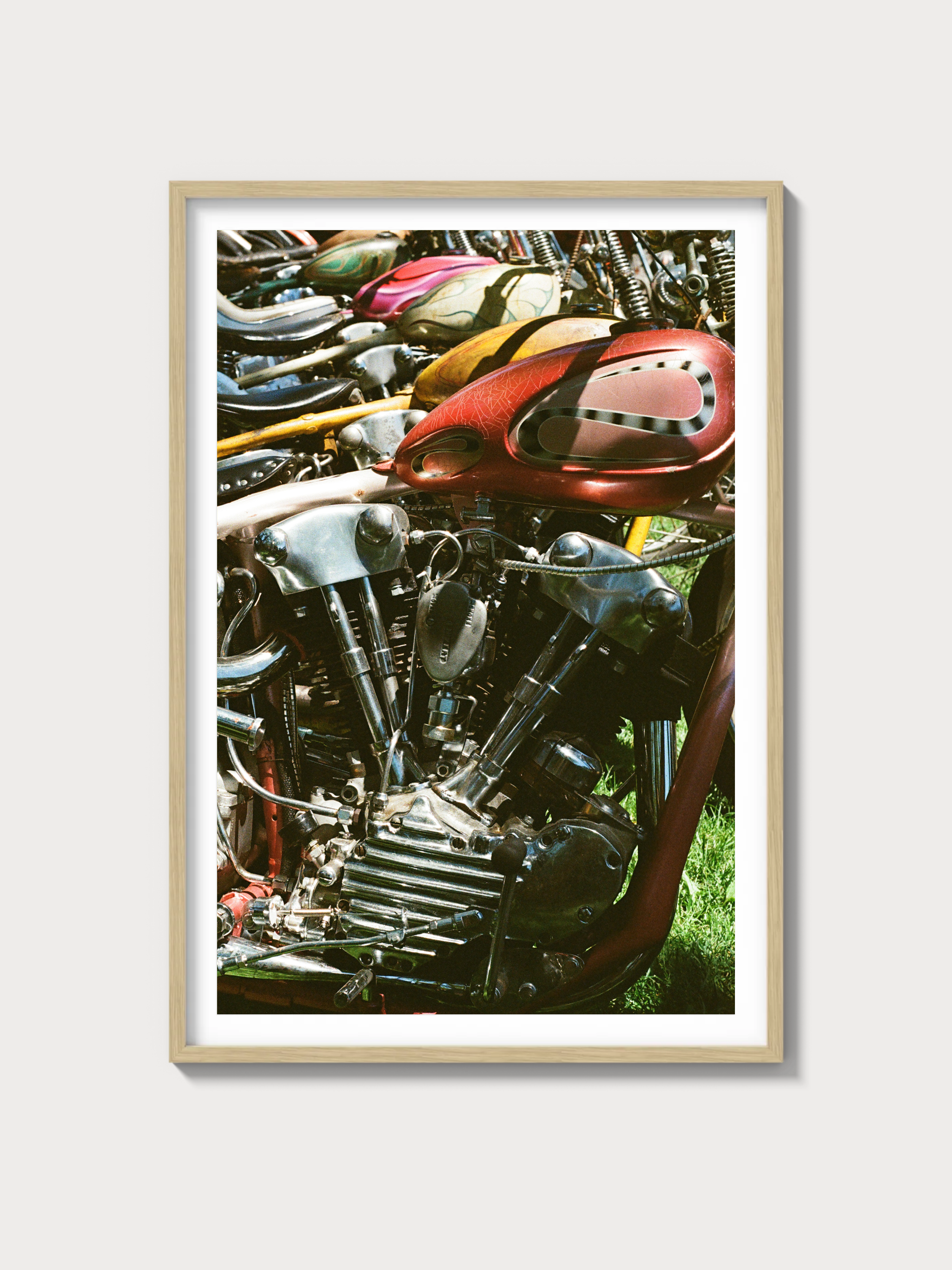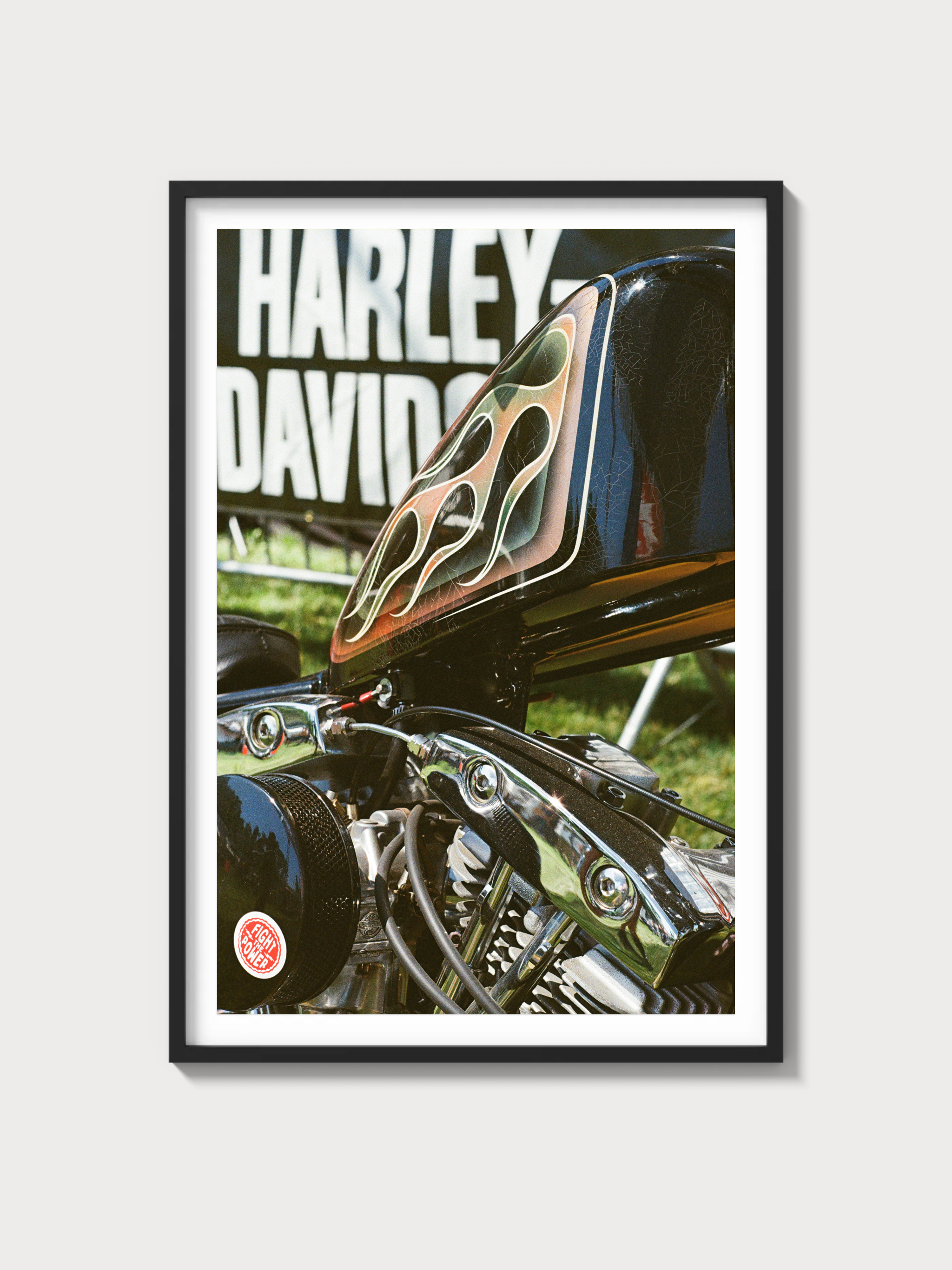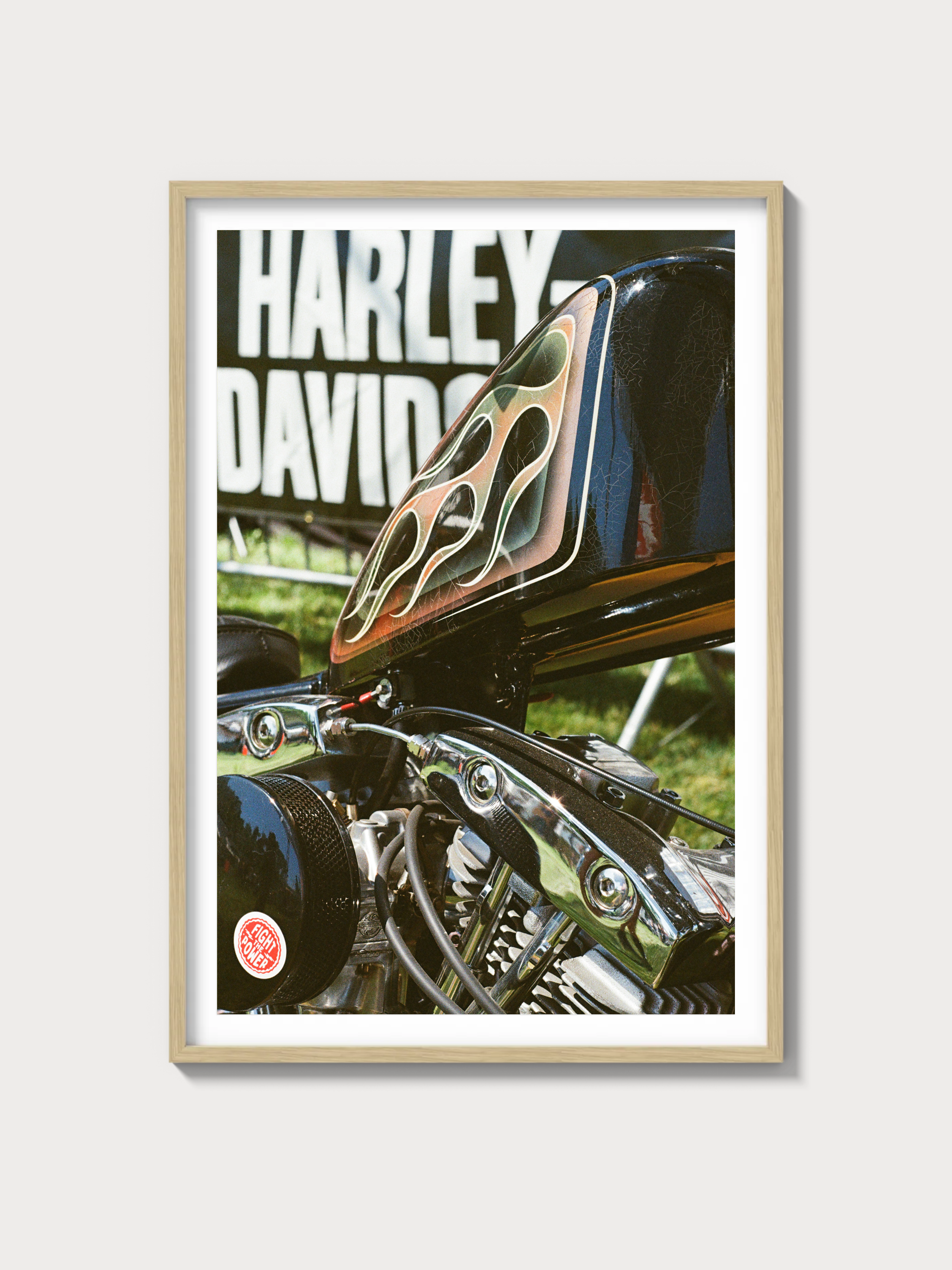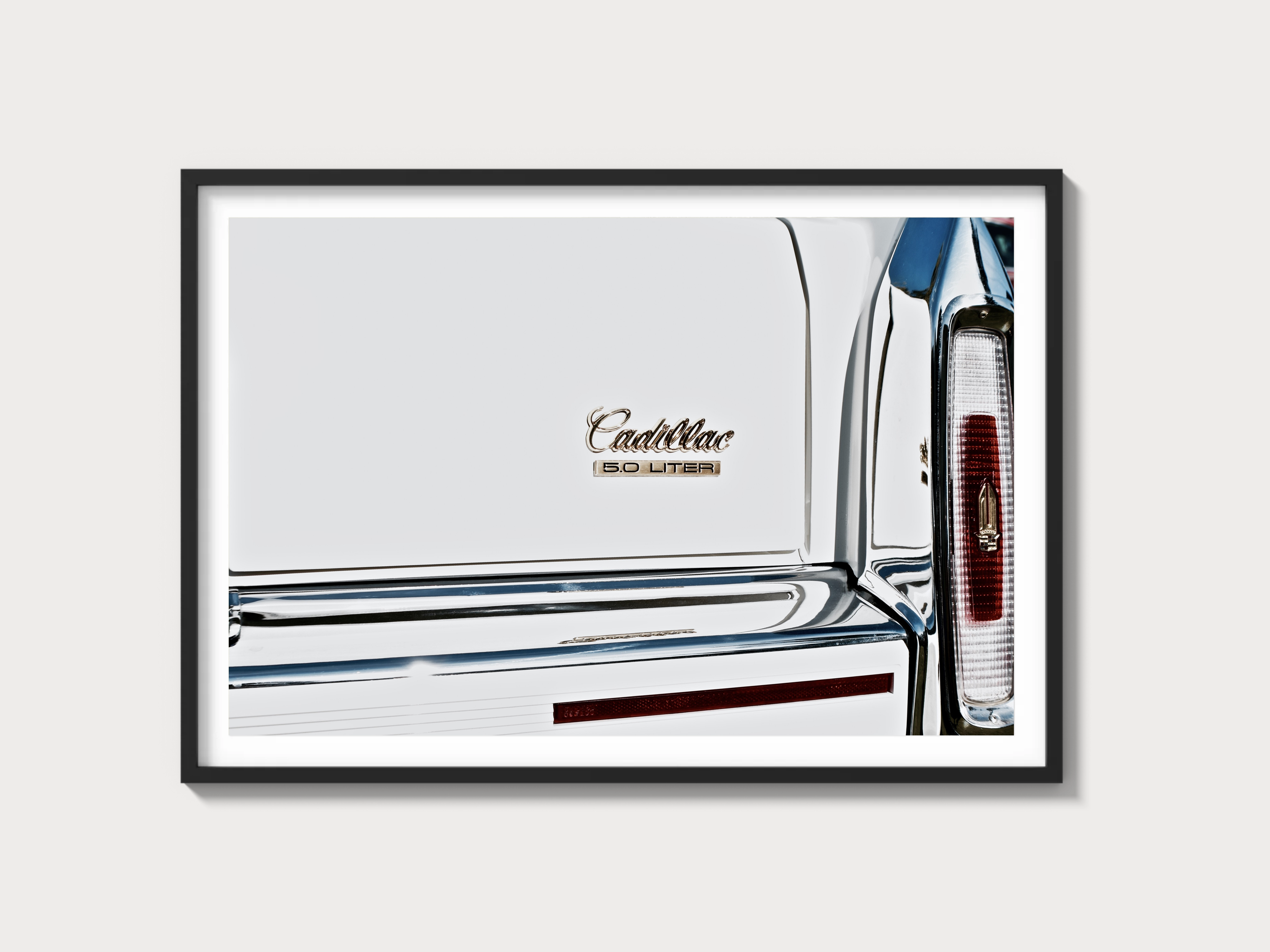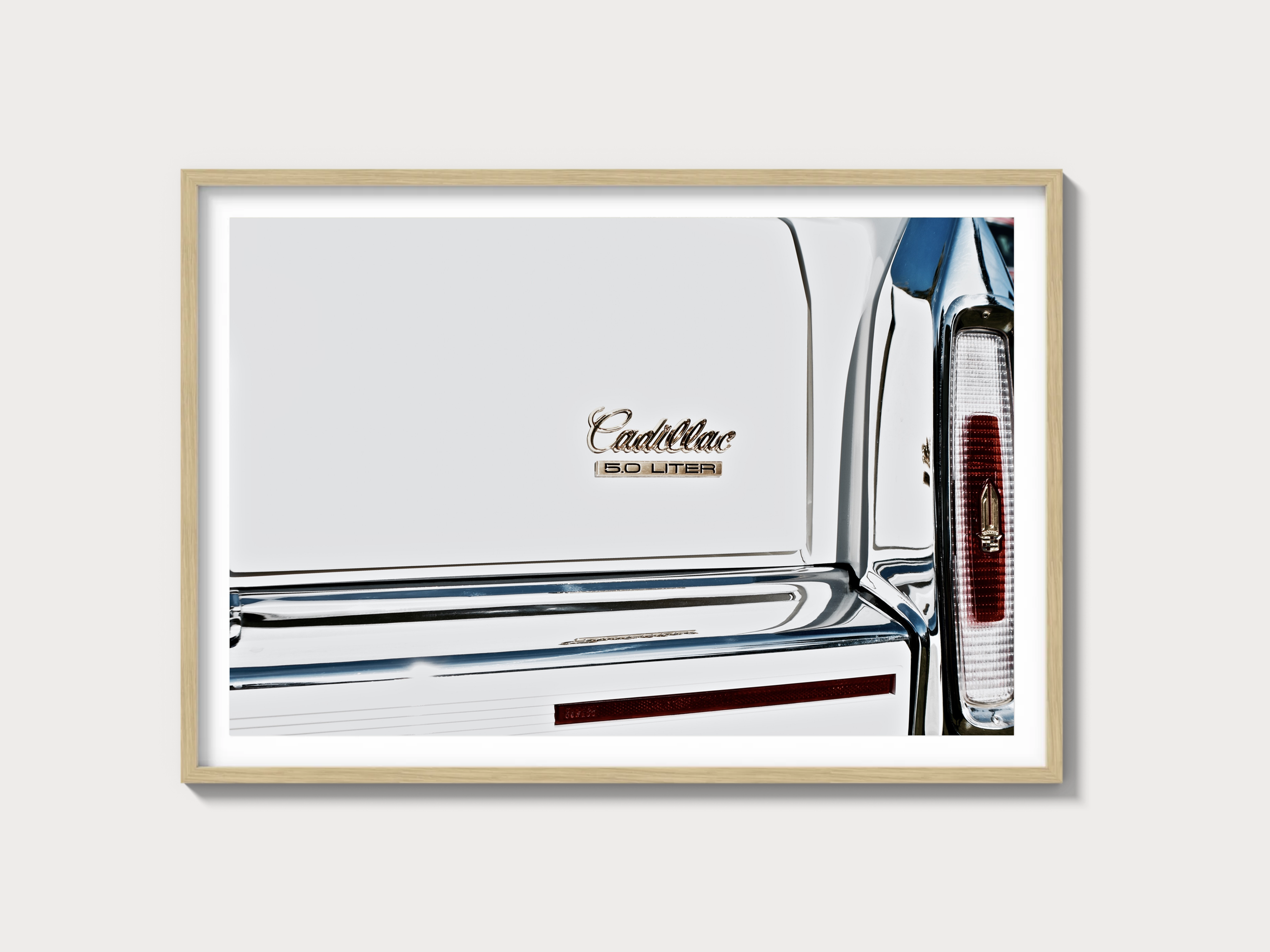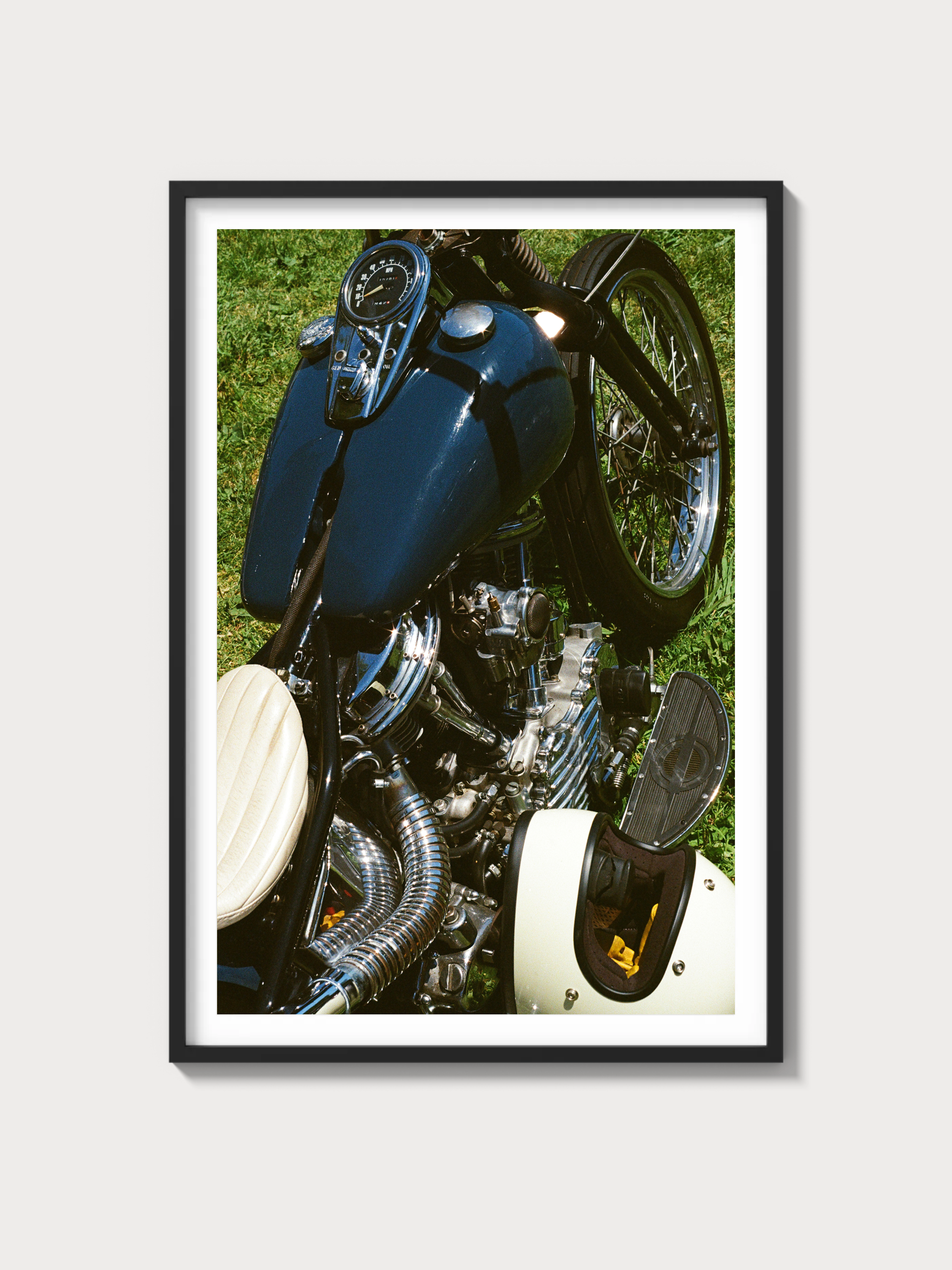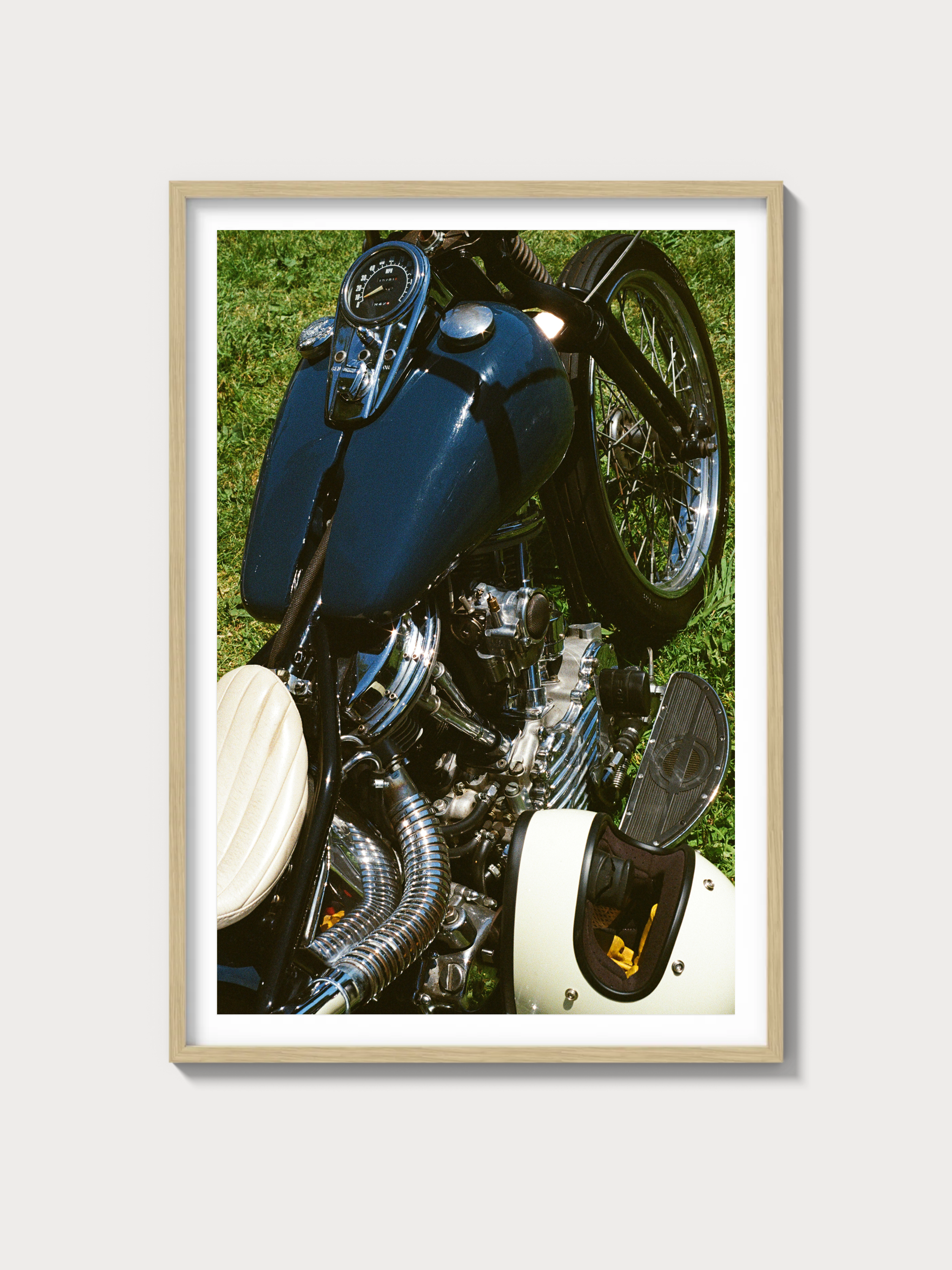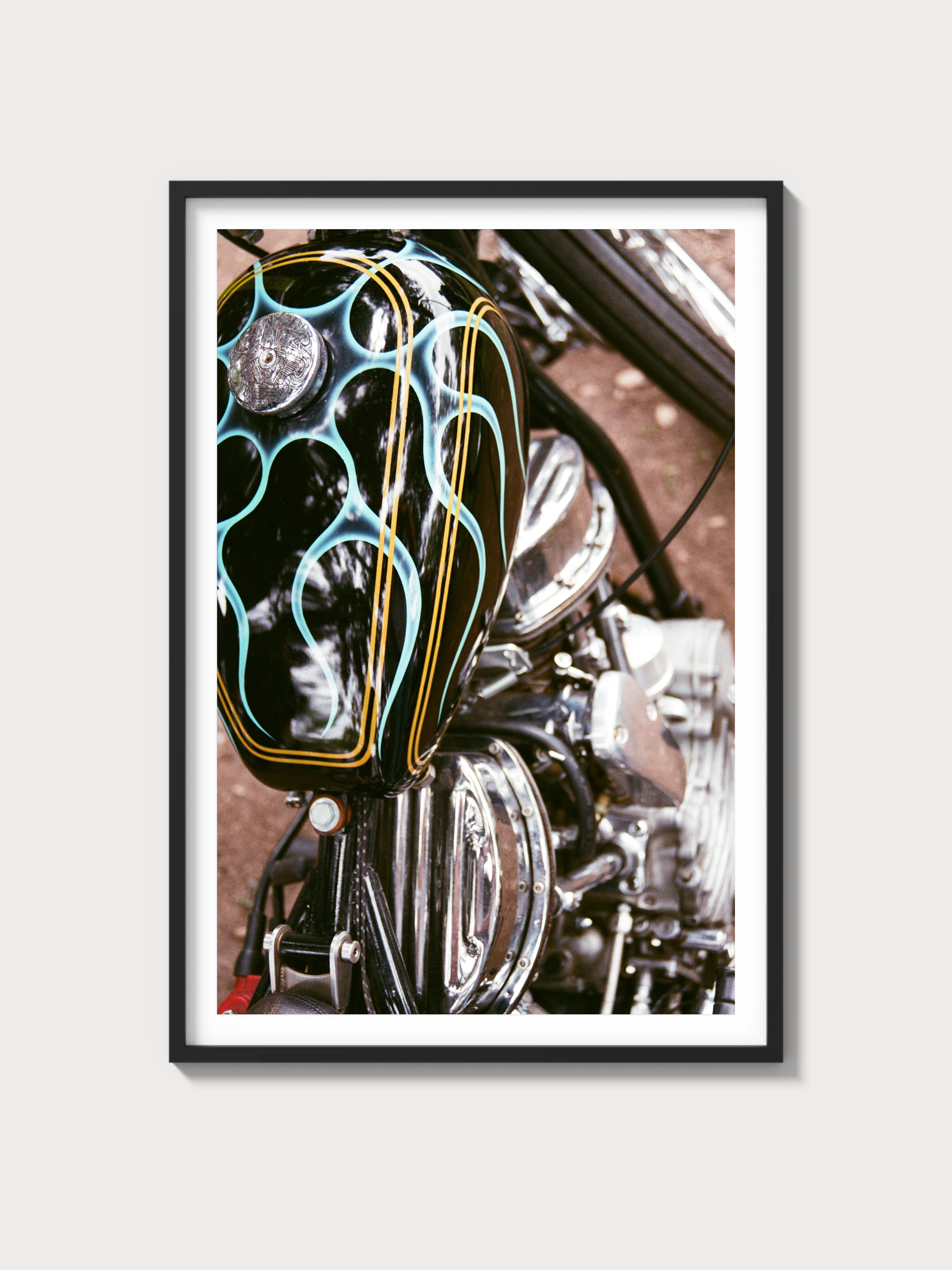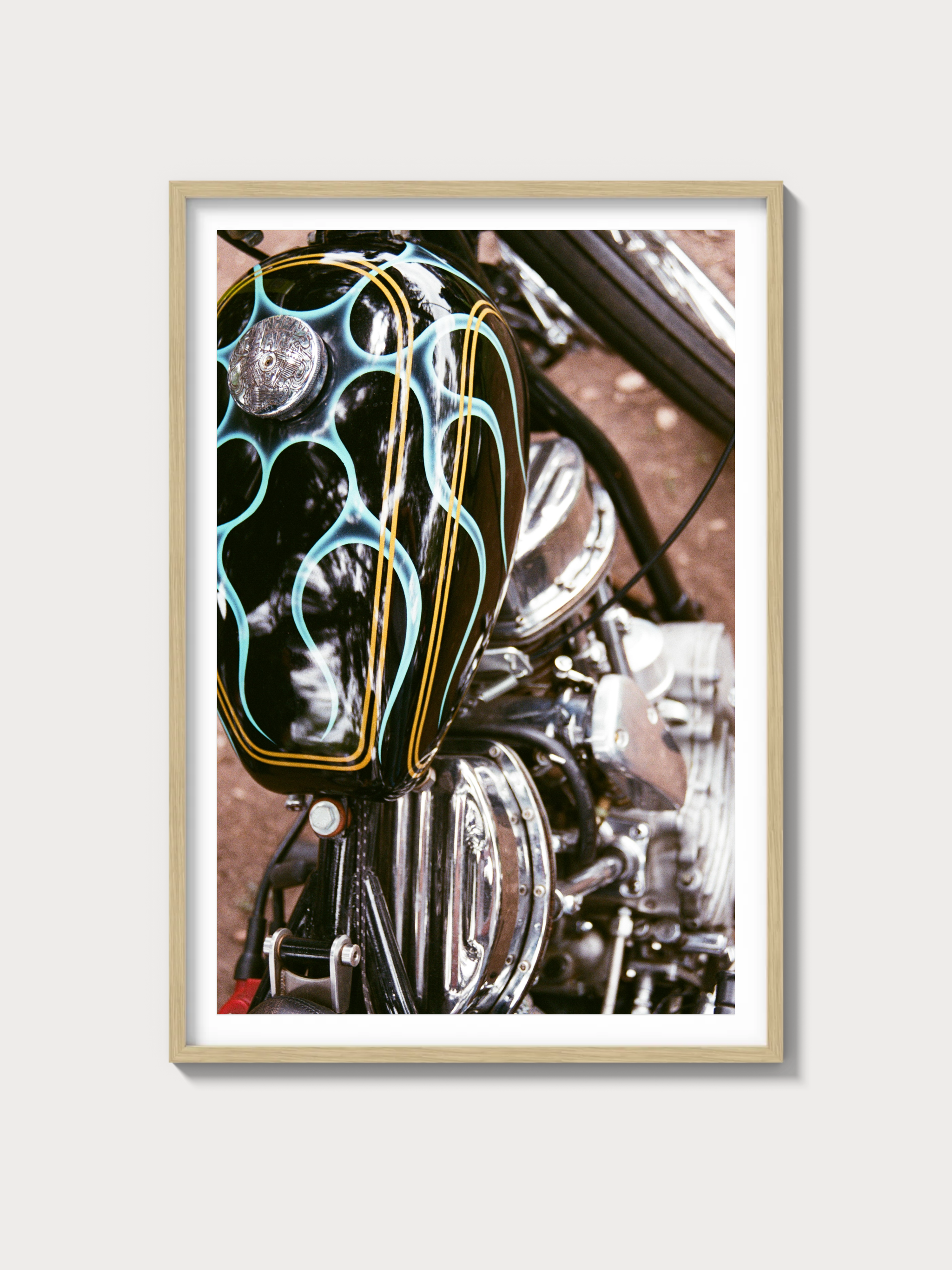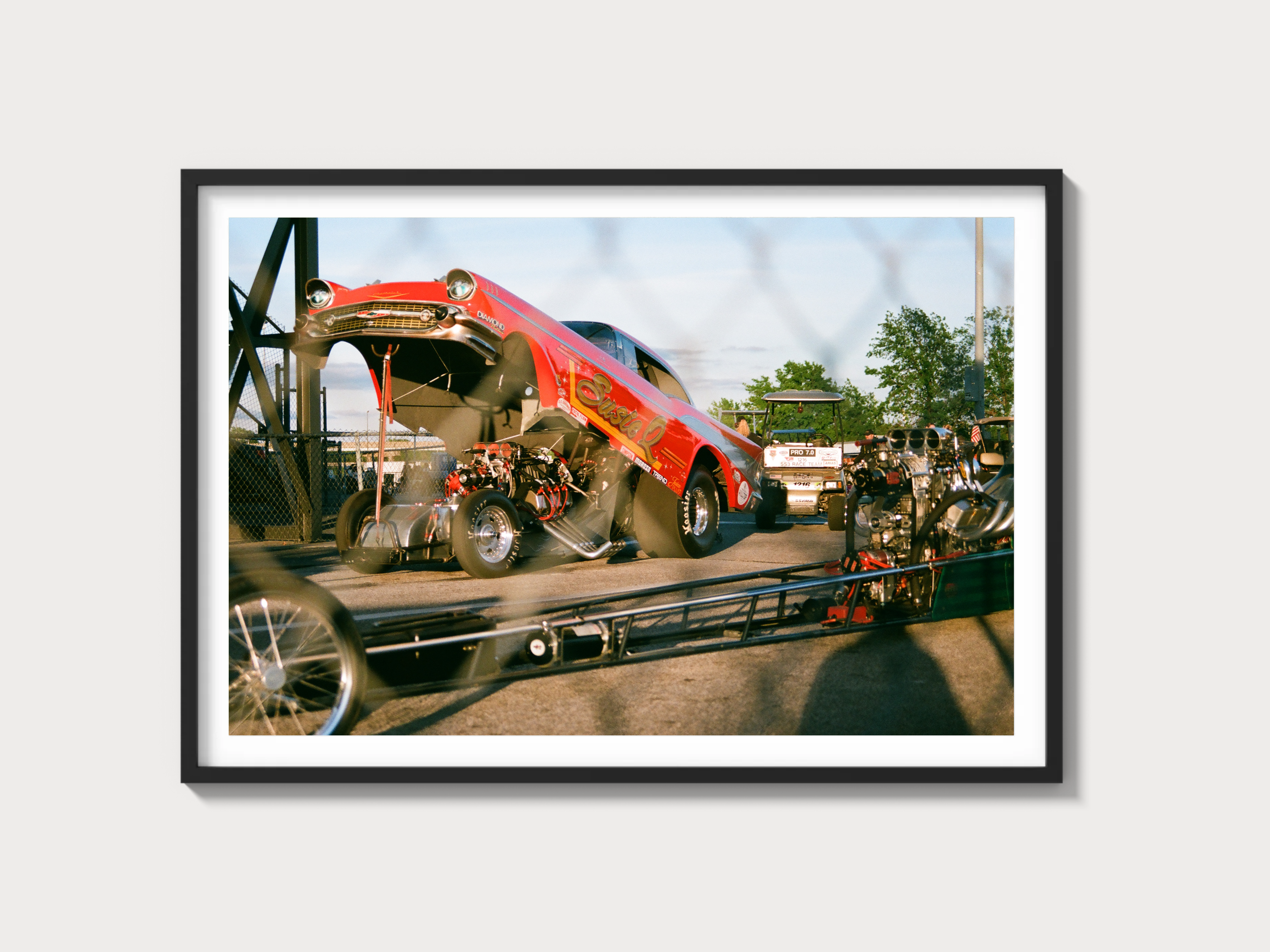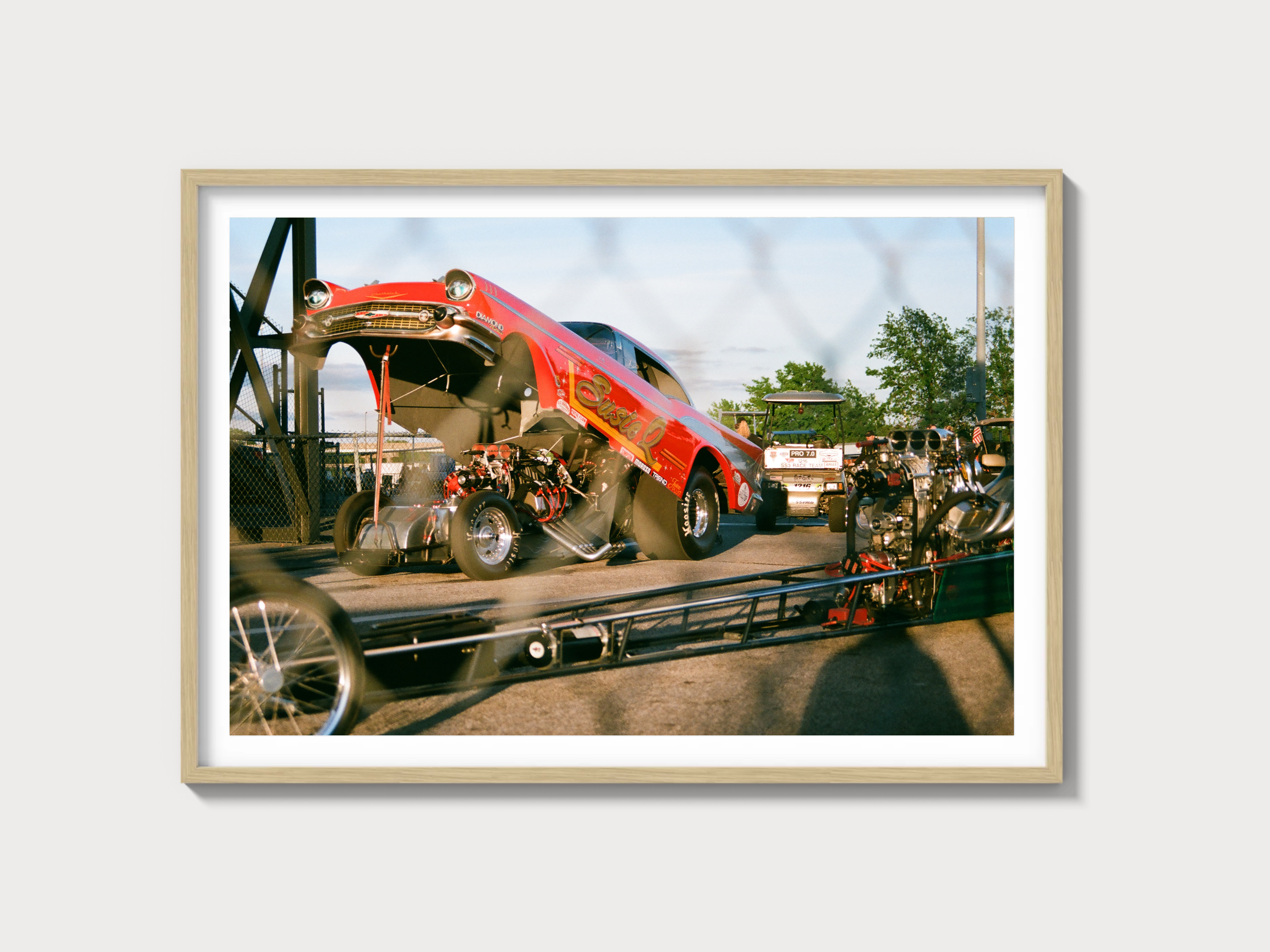1994–1996 Chevrolet Impala SS — The B‑Body Revival Worth Knowing
Historical Context and Development Background
The Impala nameplate returned to performance duty in the mid-1990s after a long dormancy, riding on GM’s final full-size rear-drive B-body platform. Developed under the umbrella of Chevrolet’s drive to extract more brand character from corporate architectures, the Impala SS was effectively a street-going distillation of the highly regarded 9C1 police package Caprice—lower, stiffer, stronger-looking, and fitted with the LT1 small-block V8.
Design director Jon Moss and a skunkworks-style team popularized the idea with a monochrome, lowered 1992 concept built from Caprice police hardware. Production followed for 1994 at Arlington Assembly in Texas. The result was a full-size American sedan that revived the Impala SS badge with honest muscle: body-color grille and trim, de-badged hood, unique five-spoke 17×8.5-inch alloys, and subtle Impala SS script on the rear quarters. Inside, the car gained leather buckets, a console with floor shifter, and analog gauges with a tachometer.
In motorsport terms, the Impala SS itself was not a factory race program, but its reputation was burnished by the 9C1’s police duty cycle and the car’s grassroots presence in autocross and bracket drag racing. The competitive landscape included fast FWD sedans like Pontiac’s supercharged Bonneville SSEi, Japanese V8 flagships such as Infiniti’s Q45 and Lexus’s LS, and German benchmarks like BMW’s E34 540i and Mercedes-Benz’s E420. Against them, the Chevrolet leaned into classic American virtues: displacement, stability, and long-legged pace.
Engine and Technical Specs
Under the hood sat the LT1 5.7-liter small-block V8, shared in architecture with the Corvette but tailored for sedan duty: cast-iron cylinder heads, camshaft and calibration optimized for torque, and reverse-flow cooling. Output was a claimed 260 horsepower and 330 lb-ft, fed through the 4L60-E electronically controlled four-speed automatic to a limited-slip 3.08 axle (RPO G80).
| Specification | Detail |
|---|---|
| Engine configuration | 90° OHV V8 (LT1 small-block) |
| Displacement | 5.7 L / 350 cu in |
| Horsepower | 260 hp @ 5,000 rpm (factory rating) |
| Torque | 330 lb-ft @ 2,400 rpm (factory rating) |
| Induction type | Naturally aspirated |
| Redline | ~5,700 rpm (rev-limited) |
| Fuel system | Multi-port electronic fuel injection |
| Compression ratio | ~10.5:1 |
| Bore x Stroke | 4.00 in × 3.48 in (101.6 mm × 88.4 mm) |
Driveline specifics matter in this car. The 4L60-E automatic is a known quantity—robust when maintained—with ratios of 3.06:1, 1.63:1, 1.00:1, and 0.70:1. The SS’s standard limited-slip differential and 3.08:1 final drive balance brisk acceleration with relaxed cruising. Factory tires were 255/50ZR17, and the FE4 suspension package brought higher-rate springs, firmer gas-pressurized dampers, and thicker anti-roll bars versus a civilian Caprice.
Driving Experience and Handling Dynamics
On the road, the Impala SS delivers the sort of deliberate, confident motion that suits its scale. Steering is a quick police-spec recirculating-ball box with reassuring on-center weight and a calmer ratio than contemporary sport compacts, but accuracy is better than the body-on-frame stereotype suggests. The car rides about an inch lower than a standard Caprice and carries meaningful roll stiffness, so it checks heave and pitch smartly without turning brittle.
The LT1’s character is torque-rich and immediate off-idle, pulling through the midrange with a subdued baritone from the dual-outlet exhaust. Throttle response is clean, and the 4L60-E shifts are decisive in performance driving yet smooth in commuting. The big Chevrolet’s braking is strong and consistent thanks to 4-wheel disc brakes with ABS, and the long wheelbase grants straight-line stability that few contemporaries could match. It’s the last of the great American full-size sedans that you can hustle with genuine pace.
Full Performance Specifications
| Metric | Figure | Notes |
|---|---|---|
| 0–60 mph | ~6.5–7.1 seconds | Typical contemporary instrumented tests |
| Quarter-mile | ~15.0–15.2 sec @ ~92–94 mph | As tested by period magazines |
| Top speed | ~140 mph (limited) | Z-rated tires standard |
| Layout | Front-engine, rear-wheel drive | Body-on-frame B-body |
| Curb weight | ~4,000–4,150 lb | Varies slightly by year/options |
| Brakes | 4-wheel disc, ABS | Performance-oriented calibration |
| Suspension | F: SLA coils; R: 4-link solid axle, coils; FE4 | Higher-rate springs, larger anti-roll bars |
| Gearbox | 4L60-E, 4-speed automatic | Final drive 3.08, limited-slip (G80) |
| Wheels & tires | 17×8.5 in alloys; 255/50ZR17 | Five-spoke SS wheel |
Position in the Impala Family (Third-Era Revival, 1994–1996)
Within the broader Impala lineage, the 1994–1996 SS represents the 1990s revival of the SS concept on the final B-body platform—a distinct “third era” for the nameplate that blended modern EFI small-block power with traditional RWD proportions. It draws a straight line back to the big-engine Impalas of the 1960s while previewing later badge returns on different architectures.
Variant Breakdown and Year-to-Year Changes
| Year | Approx. production | Factory colors | Key differences |
|---|---|---|---|
| 1994 | ~6,300 units | Black only | Debut year; LT1 (260 hp), FE4 suspension, 17×8.5 wheels, leather buckets with console; RPO WX3 identifies true SS. |
| 1995 | ~21,400 units | Black; Dark Cherry Metallic; Dark Gray Green Metallic | Additional colors introduced; engineering running changes including a vented Optispark distributor for improved durability. |
| 1996 | ~41,900 units | Black; Dark Cherry Metallic; Dark Gray Green Metallic | OBD-II engine management; final production year of the B-body Impala SS; detail trim updates. |
Notes for collectors: verify the Service Parts Identification label (usually in the trunk) for RPO WX3 (Impala SS), the 3.08 limited-slip G80, and original color codes. The SS package is a distinct build, not merely a Caprice with wheels and paint.
Ownership Notes: Maintenance, Parts, and Restoration
- LT1 specifics: The Optispark distributor is a known maintenance item; early non-vented units (’94) are more susceptible to moisture. Water pump leaks can drip onto the Optispark; address promptly to avoid misfires. Use quality ignition components and correct plug heat range.
- Cooling system: Reverse-flow cooling benefits from clean coolant; periodic flushes and proper bleeding help longevity. Inspect radiator end tanks and hoses, and keep an eye on thermostat function.
- Transmission (4L60-E): Regular fluid/filter changes are essential. Harsh 1–2 or 2–3 shifts can indicate worn accumulators or a tired 2–4 band. A good cooler is worth having if the car sees heat or towing.
- Chassis and suspension: Rear control-arm bushings, panhard bar bushings, and front lower ball joints are wear items. FE4 dampers age noticeably—fresh, quality shocks restore the car’s composure.
- Brakes: Keep ABS sensors and hub bearings clean; warped rotors usually trace back to pad material and torque procedures rather than undersized hardware.
- Electrical/interior: Window regulators, seat leather bolsters, and headliners are common attention points. Original SS wheels can pit; refinishing is straightforward and reproductions exist.
- Parts availability: Excellent mechanical support due to the shared Caprice/9C1 ecosystem. Trim (grille, quarter emblems) is more limited—save what you have and source spares when possible.
- Service cadence: Oil every 3,000–5,000 miles with quality detergent oil, transmission fluid/filter around 30,000–50,000 miles, coolant every few years, and differential fluid at reasonable intervals, especially if driven hard.
- Fuel: Premium unleaded is recommended for best performance; the PCM can adapt to lower octane with reduced spark advance.
Cultural Relevance, Desirability, and Market Perspective
The 1994–1996 Impala SS landed at a perfect cultural moment: American manufacturers were rediscovering performance, and enthusiasts still loved big, rear-drive sedans. The SS quickly became a fixture in enthusiast circles, from detail-obsessed forum communities to bracket nights at local strips. Its kinship with 9C1 police cars imbued it with real-world toughness, and the monochrome look aged well—purposeful rather than gaudy.
Collector interest is strongest for original, unmodified cars with documentation, with additional attention paid to color (Dark Gray Green Metallic and Dark Cherry Metallic often generate talk) and to late-production ’96 cars for their engine management updates. Low-mileage examples have achieved strong five-figure results at auction; delivery-mile cars and meticulously preserved specimens can command notable premiums. Well-kept drivers remain attainable relative to European peers while delivering authentic V8 charm.
FAQs
Is the 1994–1996 Impala SS reliable?
Yes, when maintained. The LT1/4L60-E combo is durable with regular service. The main trouble spots are the Optispark distributor (especially ’94) and water pump leaks that can compromise it. Suspension bushings and window regulators are routine wear items.
How fast is the Impala SS?
Period testing recorded roughly 6.5–7.1 seconds 0–60 mph and ~15.0–15.2 seconds in the quarter-mile, with an electronically limited top speed around 140 mph on its Z-rated tires.
What differentiates an SS from a Caprice with SS wheels?
The SS carries RPO WX3, FE4 suspension, 3.08 limited-slip (G80), unique interior with buckets/console and a floor shifter, 140-mph speedometer with tach, monochrome trim, and specific VIN/RPO documentation. It also rides lower and uses 255/50ZR17 tires on 17×8.5-inch alloys.
What changed year to year?
1994 launched in black only with a non-vented Optispark. For 1995, Chevrolet added Dark Cherry Metallic and Dark Gray Green Metallic and introduced a vented Optispark for improved durability. For 1996, engine management moved to OBD-II with additional calibration refinements; it was the final production year.
What are typical fuel economy expectations?
Expect mid-teens in city driving and low-to-mid 20s on the highway when stock and properly tuned. Driving style and gearing (3.08 standard) influence results.
Are parts hard to find?
Mechanical parts are widely available thanks to Caprice/9C1 commonality. Unique trim and original wheels are more scarce but have aftermarket and NOS pathways if you’re patient.
What are sensible upgrades that preserve character?
Quality brake pads/rotors, fresh dampers, factory-style performance bushings, and a transmission cooler are smart reliability/performance adds. Many owners also refresh ignition components and cooling system items proactively.
What should I inspect on a prospective purchase?
Look for service documentation, RPO codes, smooth transmission operation, even tire wear, and healthy cooling/charging systems. Check for rust in typical body-on-frame spots (rear control-arm mounts, lower doors), functioning ABS, and intact interior trim. A cold-start test can expose Optispark or fuel delivery issues.




